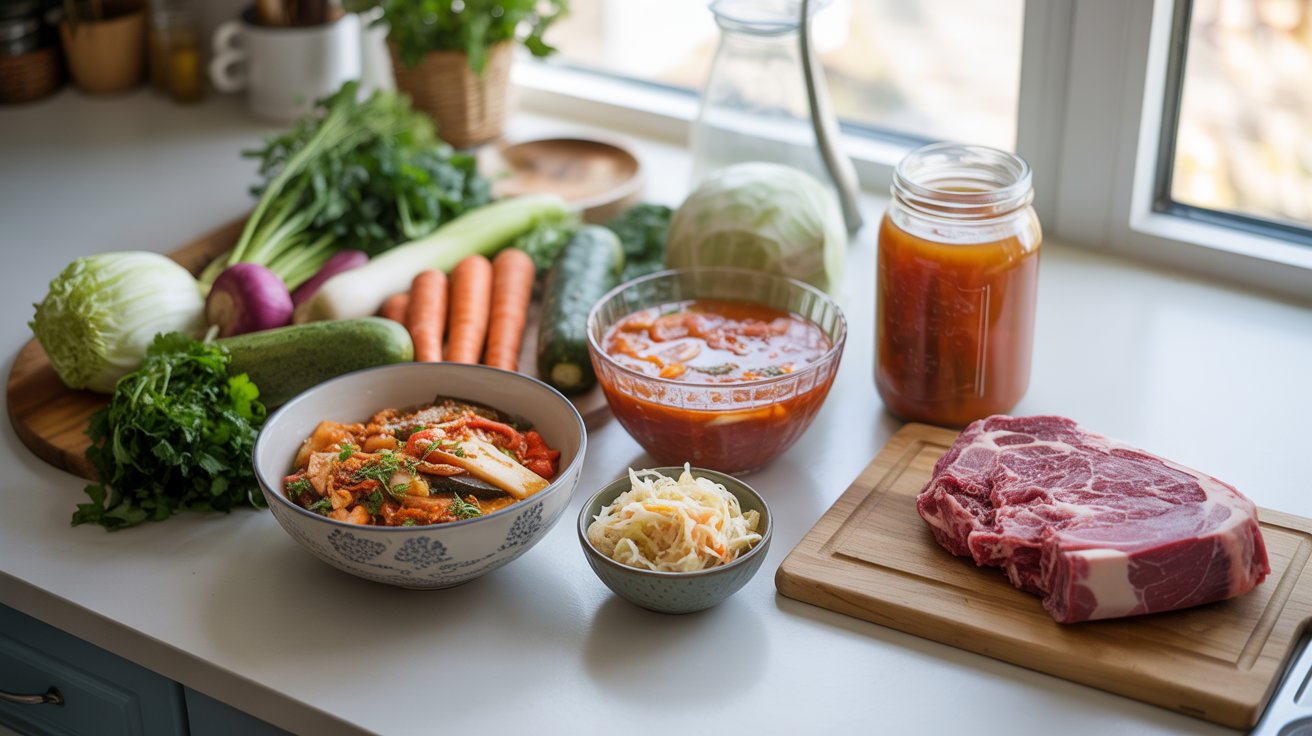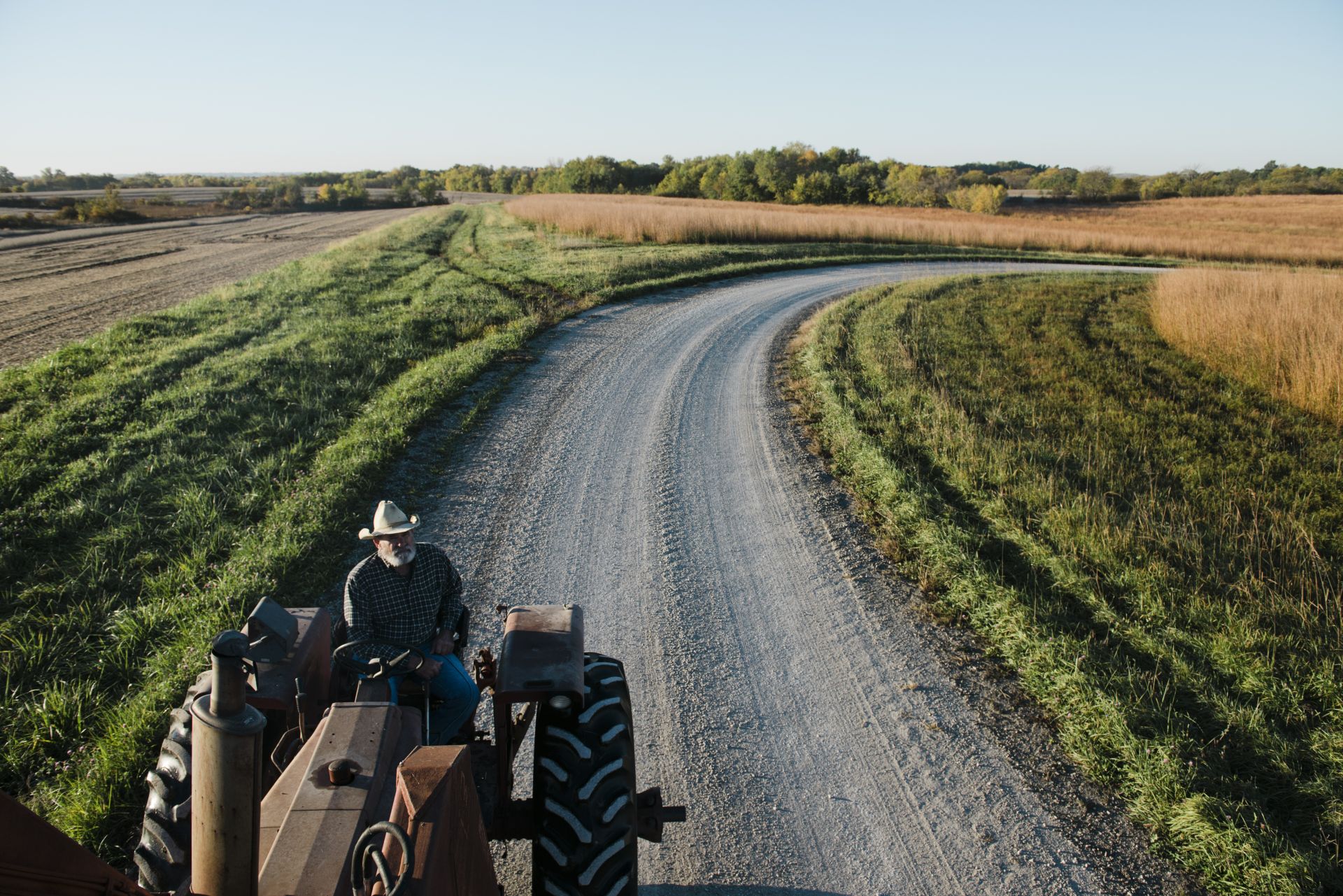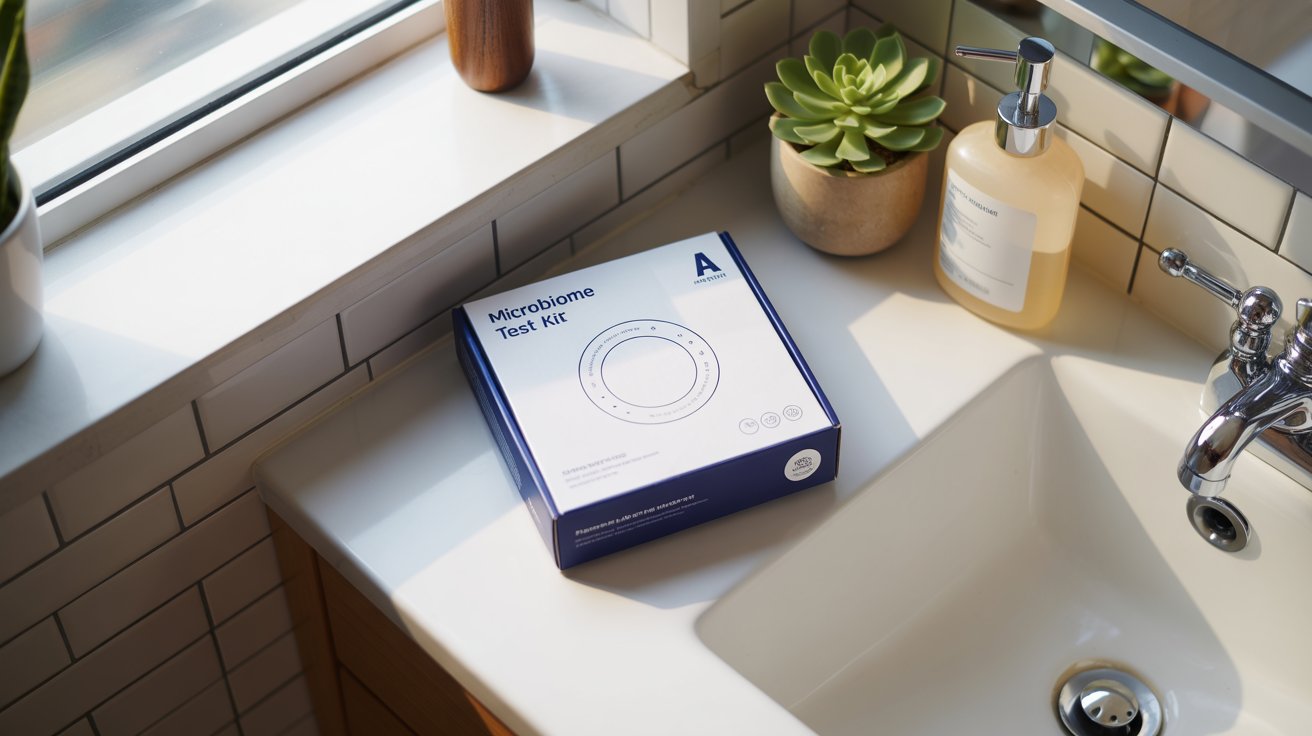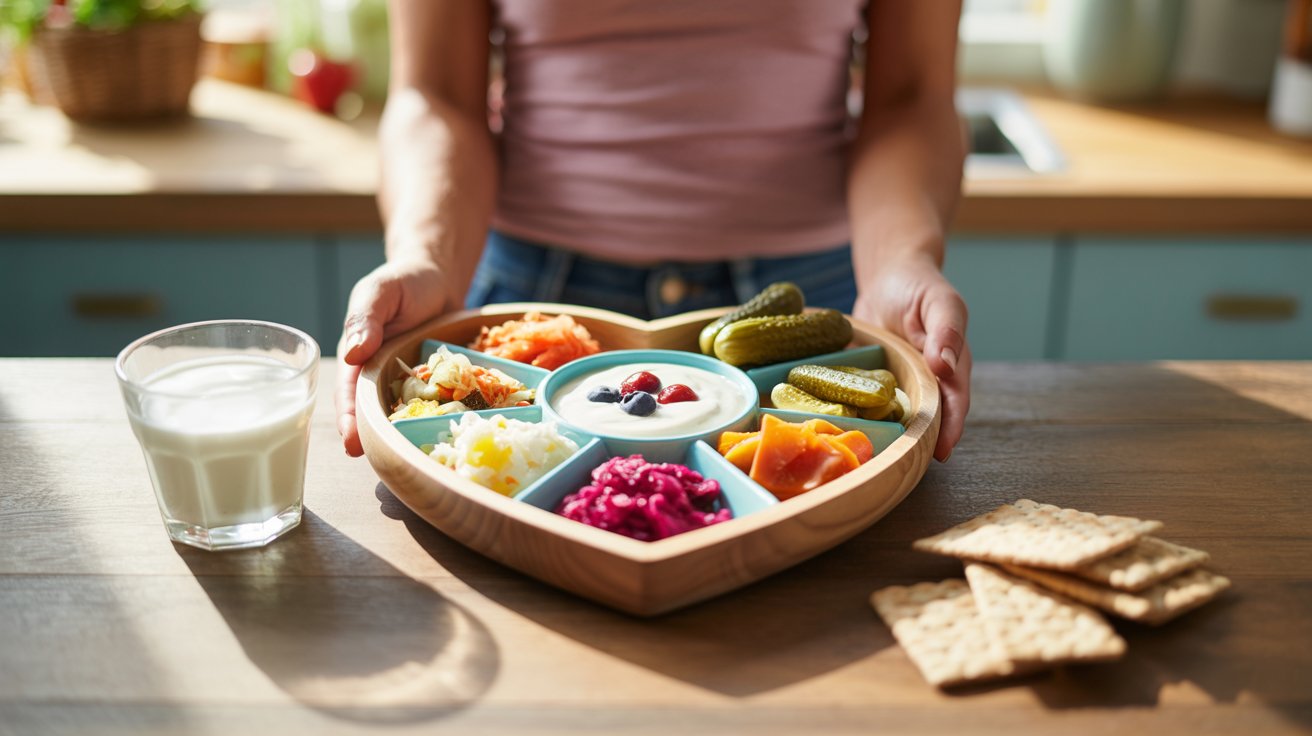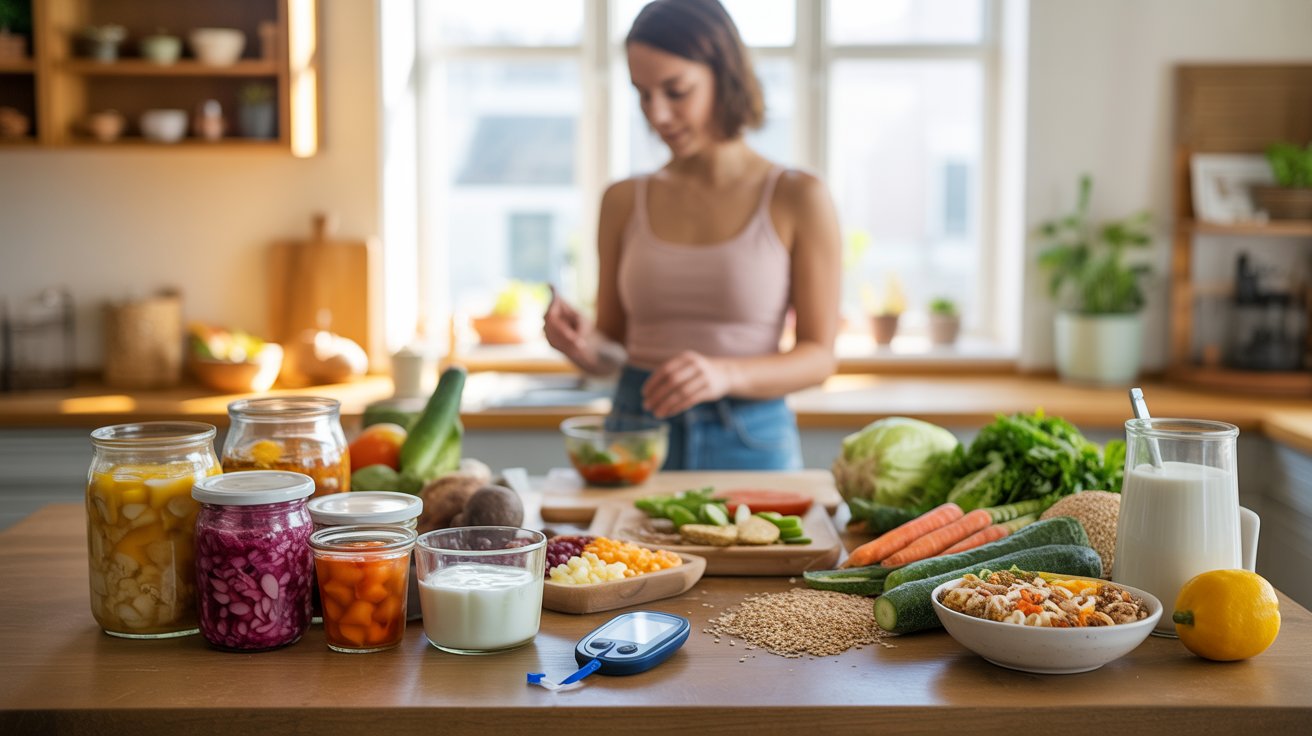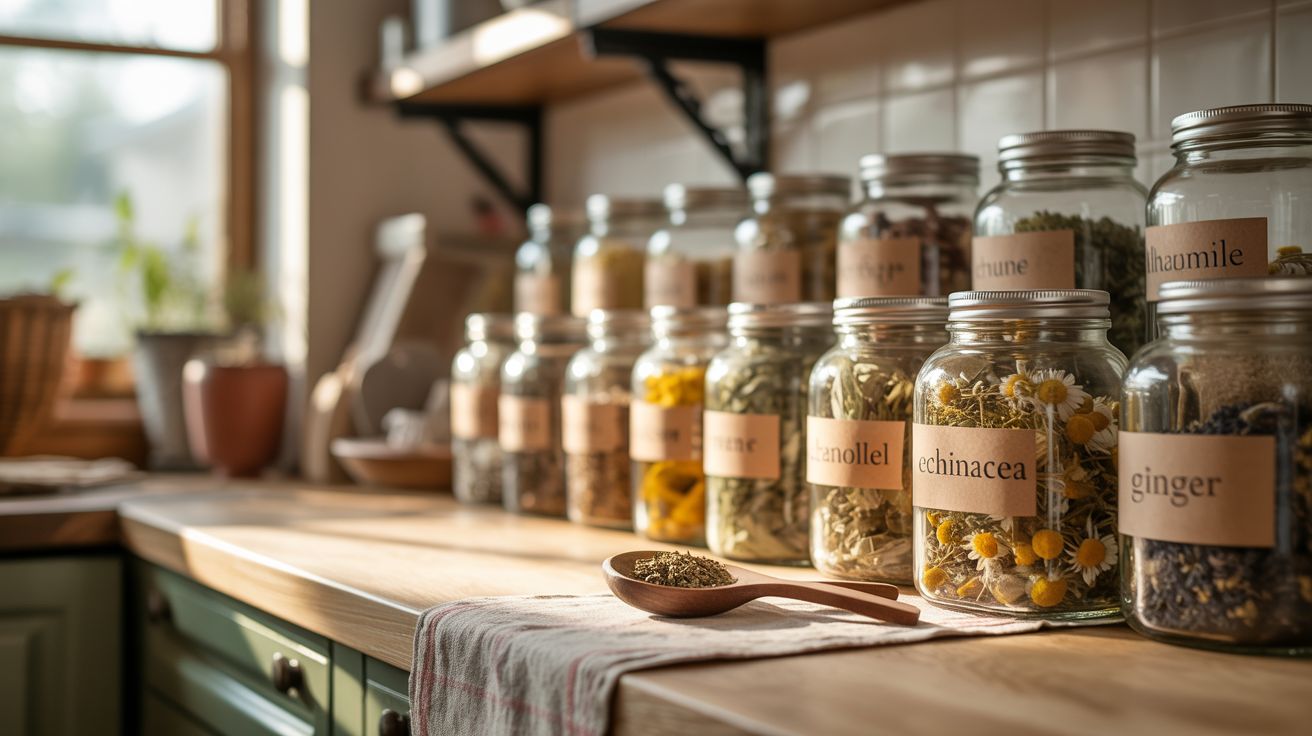Let’s talk fiber — not the boring “eat your veggies” lecture, but the juicy, gut-loving truth that could totally change how you feel from the inside out.
A few years ago, I had no idea that the random bloating, sluggish mornings, and weird skin flare-ups I was dealing with were all whispering the same message: my gut was begging for more fiber. Once I learned how powerful fiber-rich foods are for gut health, things started to shift in the best way. Better digestion? Check. More energy? Yes, please. Happier mood and clearer skin? You bet.
If you’ve ever wondered how to boost your gut health naturally — fiber is where the magic begins.
What Is Fiber, Really?

Fiber is the part of plant foods your body can’t digest — but your gut microbes absolutely love it.
There are two main types:
- Soluble fiber: dissolves in water and helps feed good bacteria (hello, prebiotics!)
- Insoluble fiber: adds bulk and keeps things moving, aka smoother bathroom breaks
A happy gut microbiome thrives on a mix of both. And spoiler alert: most of us aren’t getting nearly enough.
Why Fiber Is the Gut’s Favorite Food
Imagine your gut like a lush, thriving garden. Fiber is the compost — it feeds the good bugs so they can grow, multiply, and crowd out the not-so-helpful ones.
Here’s what fiber-rich foods do for your gut:
- Feed your good bacteria so they produce short-chain fatty acids like butyrate (super anti-inflammatory)
- Support a strong gut lining to prevent leaky gut
- Reduce bloating and gas over time (even if fiber makes you gassy at first!)
- Regulate bowel movements (goodbye, constipation!)
Your microbes literally eat the fiber and make by-products that help reduce inflammation, balance blood sugar, and even support brain health.
Top 10 Fiber-Rich Foods That Boost Gut Health
Ready to give your gut a fiber-fueled feast? Here are ten powerhouse foods that are delicious and microbiome-friendly.
1. Chia Seeds

Tiny but mighty! Just two tablespoons of chia seeds pack about 10g of fiber — mostly soluble, which is perfect for nurturing your good bacteria.
How to enjoy: Stir into overnight oats, smoothies, or make a chia pudding with almond milk and cinnamon.
2. Lentils

Affordable, hearty, and fiber-loaded — 1 cup of cooked lentils = 15g of fiber.
How to enjoy: Add to soups, curries, or a simple lentil salad with lemon and olive oil.
3. Raspberries

Berries are nature’s candy with benefits. One cup has 8g of fiber plus antioxidants that help reduce inflammation.
How to enjoy: Toss on yogurt, blend into a gut-friendly smoothie, or snack on them solo.
4. Avocados

Creamy, dreamy, and full of 7g of fiber per half. Plus, they contain healthy fats to keep your digestion smooth.
How to enjoy: Mash onto sourdough, cube into a salad, or blend into a chocolate avocado mousse (trust me!).
5. Oats

Oats are high in beta-glucan, a soluble fiber that feeds good bacteria and helps lower cholesterol.
How to enjoy: Go for steel-cut or old-fashioned oats. Soak them overnight or cook fresh with cinnamon and apples.
6. Artichokes

Often overlooked, but one of the best prebiotic foods out there. One medium artichoke has about 7g of fiber.
How to enjoy: Steam, roast, or add to your favorite pasta dish.
7. Sweet Potatoes

Sweet, comforting, and gut-friendly — especially with the skin on. One medium sweet potato offers 4g of fiber.
How to enjoy: Roast with coconut oil and rosemary or mash with a dash of cinnamon.
8. Flaxseeds

Ground flaxseeds deliver soluble fiber and omega-3s — double win for your gut.
How to enjoy: Sprinkle on oatmeal, mix into smoothies, or bake into muffins.
9. Broccoli

Cruciferous veggies like broccoli are packed with fiber and sulforaphane, which supports detox and gut lining health.
How to enjoy: Steam lightly or roast with garlic and olive oil.
10. Beans (Black, Kidney, Navy)

Beans are fiber bombs — half a cup has 7–9g, depending on the type. Yes, they may cause gas at first, but that’s your gut adjusting.
How to enjoy: Try bean-based chili, taco fillings, or blend into dips.
How to Add More Fiber Without Feeling Bloated

Let’s be real — upping your fiber can feel… turbulent. But it doesn’t have to be!
Here’s how to ease into it like a gut health pro:
- Start slow. Add fiber gradually over a few weeks.
- Drink more water. Fiber needs fluid to move things along.
- Chew well. Digestion starts in your mouth.
- Cook your fiber. Steamed or roasted veggies are easier to handle than raw at first.
- Listen to your body. Everyone’s gut is different — trust yours.
Common Autoimmune Diseases Linked to Low-Fiber Diets

Did you know your gut plays a role in how your immune system behaves? When your gut microbiome is imbalanced — often due to low fiber intake — it can set the stage for autoimmune issues.
Some of the most common autoimmune conditions linked to poor gut health include:
- Hashimoto’s thyroiditis
- Rheumatoid arthritis
- Lupus
- Celiac disease
- Inflammatory bowel disease (IBD)
Eating more fiber-rich foods helps reduce inflammation and strengthen the gut lining, which supports immune regulation and may help manage or prevent these conditions.
A Happier Gut Starts with Fiber-Rich Foods
Here’s the truth: you don’t need to overhaul your life to start healing your gut. Just one meal a day packed with fiber-rich foods is a powerful step toward better digestion, immunity, and energy.
Start small, be kind to your gut, and remember — every bite counts.


